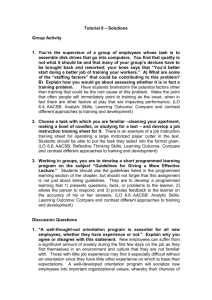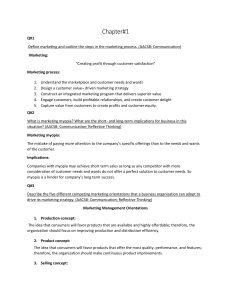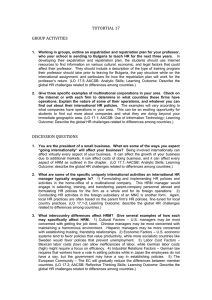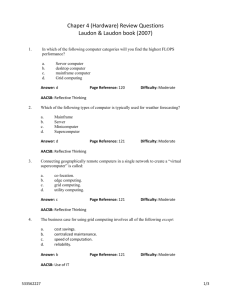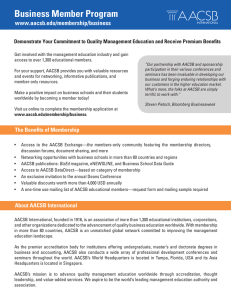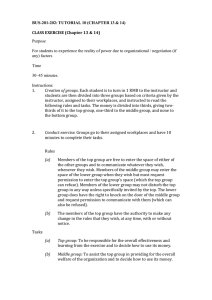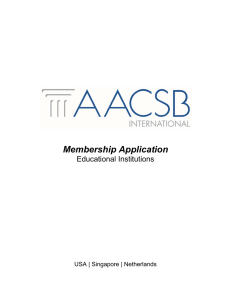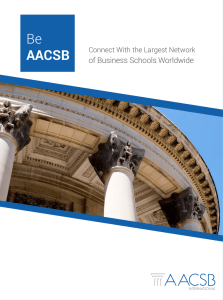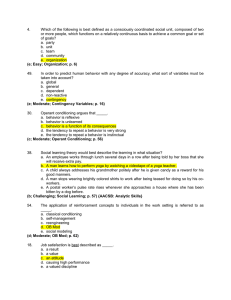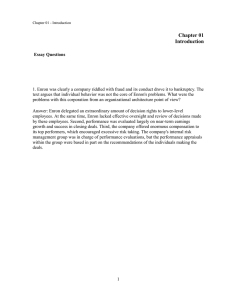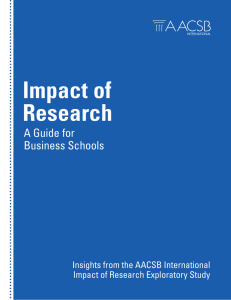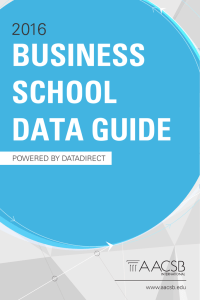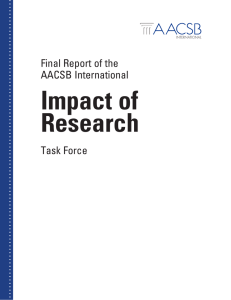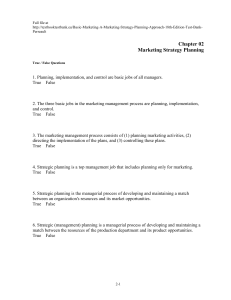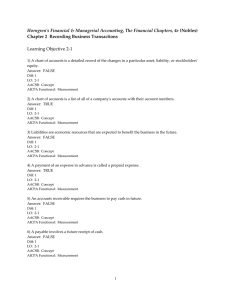T005-Solutions
advertisement
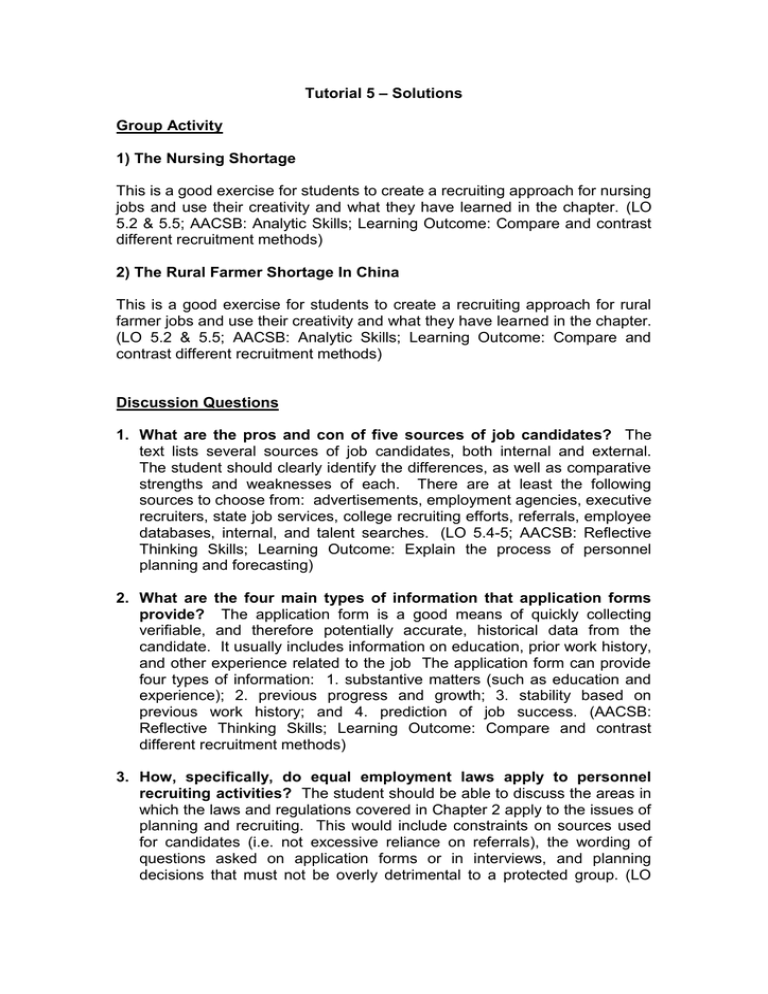
Tutorial 5 – Solutions Group Activity 1) The Nursing Shortage This is a good exercise for students to create a recruiting approach for nursing jobs and use their creativity and what they have learned in the chapter. (LO 5.2 & 5.5; AACSB: Analytic Skills; Learning Outcome: Compare and contrast different recruitment methods) 2) The Rural Farmer Shortage In China This is a good exercise for students to create a recruiting approach for rural farmer jobs and use their creativity and what they have learned in the chapter. (LO 5.2 & 5.5; AACSB: Analytic Skills; Learning Outcome: Compare and contrast different recruitment methods) Discussion Questions 1. What are the pros and con of five sources of job candidates? The text lists several sources of job candidates, both internal and external. The student should clearly identify the differences, as well as comparative strengths and weaknesses of each. There are at least the following sources to choose from: advertisements, employment agencies, executive recruiters, state job services, college recruiting efforts, referrals, employee databases, internal, and talent searches. (LO 5.4-5; AACSB: Reflective Thinking Skills; Learning Outcome: Explain the process of personnel planning and forecasting) 2. What are the four main types of information that application forms provide? The application form is a good means of quickly collecting verifiable, and therefore potentially accurate, historical data from the candidate. It usually includes information on education, prior work history, and other experience related to the job The application form can provide four types of information: 1. substantive matters (such as education and experience); 2. previous progress and growth; 3. stability based on previous work history; and 4. prediction of job success. (AACSB: Reflective Thinking Skills; Learning Outcome: Compare and contrast different recruitment methods) 3. How, specifically, do equal employment laws apply to personnel recruiting activities? The student should be able to discuss the areas in which the laws and regulations covered in Chapter 2 apply to the issues of planning and recruiting. This would include constraints on sources used for candidates (i.e. not excessive reliance on referrals), the wording of questions asked on application forms or in interviews, and planning decisions that must not be overly detrimental to a protected group. (LO 5.3; AACSB: Reflective Thinking Skills; Learning Outcome: Explain the process of personnel planning and forecasting) 4. What should employers keep in mind when using Internet sites to find job candidates? Use keyword searches, don’t recycle your newspaper ads, give quick feedback, ensure privacy, use applicant tracking. (LO 5.5; AACSB: Use of Information Technology; Learning Outcome: Compare and contrast different recruitment methods) 5. What are the five main things you would do to recruit and retain a more diverse workforce? The student should first be able to identify groups that would create a diverse workforce. Examples found in the text are: single parents, older workers, minorities and women, welfare recipients, and global candidates. In order to retain these employees, students would first need to understand the needs of each group, and then create plans and programs that accommodate these specific needs. For example, to attract and keep single mothers, employers could give employees schedule flexibility, and train the supervisors to have an increased awareness of and sensitivity to the challenges single parents face. (LO 5.7; AACSB: Multicultural and diversity understanding; Learning Outcome: Compare and contrast different recruitment methods)


